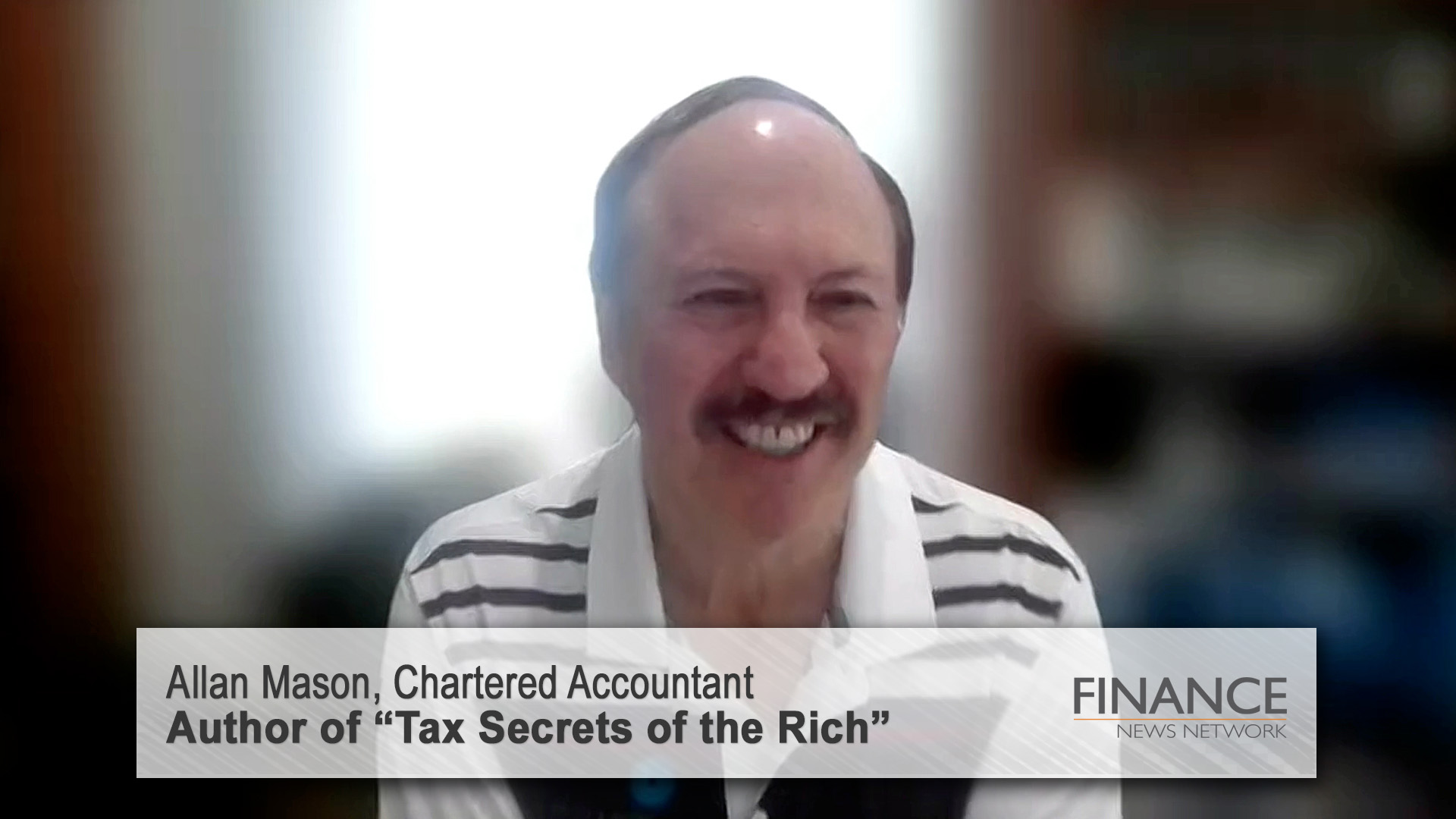The National Australia Bank has cut its growth forecast for the US economy and now expects it to slide into recession in the first half of this year.
In an update to last week week’s monthly forecasts released yesterday, the NAB also saw the Fed cutting the Federal Funds Rate to 1.5% from the 2.25% it cut to yesterday.
The NAB said "Unrelenting financial market problems and rising food and energy prices have further undermined the outlook for the US economy".
It said it now expected a "sustained period of bank balance sheet consolidation and credit rationing pushes out the potential for a vigorous recovery until the second half of 2009".
And "Although further easing is unlikely to cushion short-term growth, the Fed’s priority is to avoid disappointing market expectations and prolonging financial market pressures".
The bank’s updated its forecasts in the wake of the dramatic events of the past few days which saw investment bank, Bear Stearns fail, be rescued by the Fed and then sold to JP Morgan, with fed support. As well the Fed cut its discount rate and also established a line of credit for major financial market dealers to maintain liquidity. The Fed then cut its key interest rate 0.75% yesterday.
The NAB said yesterday:
The US financial crisis has continued to deepen in the past week, following the collapse of investment bank Bear Sterns and with other US financial intermediaries presumably confronting further write-downs and accompanying funding pressures.
Clearly, as US banks increasingly focus on restoring capital adequacy ratios and move to ration new lending, the potential negative impact on the US economy is likely to intensify.
The Fed has responded by introducing new measures to enhance financial system liquidity (most notably expanding the range of collateral accepted in return for cash), cutting the discount rate, and now cutting the funds rate by 75 basis points to 2.25%.
The Fed has lowered the funds rate a full 3.0 percentage points in just six months, and in real terms the funds rate is now effectively zero (a situation that last occurred during the ‘deflation scare’ of 2002 and 2003).
In early 2008, medium-term US inflation risks appear to be tilted somewhat in the opposite direction.
Nevertheless, with spreading banking and financial problems, the accompanying plunge in housing and other asset prices, continuing rises in food and energy costs, and collapsing consumer and business confidence, the short-term outlook for US growth has continued to deteriorate.
Moreover, even with zero real interest rates, the need to repair bank balance sheets implies lingering constraints on US domestic demand (especially in housing where the value of collateral remains particularly suspect), and a growing probability that a vigorous recovery is now unlikely before the second half of 2009.
Subsequently, we expect US GDP will grow by a little under 1.25% in 2008, slightly lower than our earlier forecasts.
Moreover, we now anticipate a further small contraction in GDP in the second quarter (previously we had forecast flat growth).
Following the expected decline in the current quarter (a function of flat consumer spending, a further sharp fall in residential construction and declines in equipment and inventory investment), our forecast profile of US GDP growth fits one conventional definition of recession.
At this stage, we anticipate substantial income tax rebates (equal to 3.75% of quarterly household disposable income) will place a floor under household spending late in the second quarter and in the third quarter.
Nevertheless, the rebates are likely to prove only a temporary source of support, with some risk of ‘payback’ (i.e. a renewed weakening in household spending growth) in the final quarter of 2008.
We have also revised down forecast GDP growth in 2009 from 3.0% to 2.25%. Forecast growth through the year has been revised down from 3.5% to 3.0%.
The expected recovery in residential construction activity has now been delayed until early 2009, while the unfolding downturn in business investment is now unlikely to trough until mid-year. Consumer spending growth is also expected to remain relatively sluggish until mid-2009.
In this environment of heightened banking and financial market stress, the Fed’s focus will remain on averting further systemic threats and cushioning the negative impact on the real economy (and the ensuing risk of a negative feedback loop).
In the expected absence of any material improvement in economic data, the Fed will be extremely careful to avoid disappointing financial markets. Accordingly, we now anticipate the Fed to cut by a further 50 basis points at the 30 April FOMC meeting, and by 25 points at the 25 June meeting (bringing the funds rate down to 1.50%).
In the event of intensifying systemic risks or should the tax cuts fail to place a floor under household spending, we acknowledge the possibility of even more aggressive action.
From a short-term inflation perspective, the Fed recognises aggressive easing is unlikely to excessively stimulate demand while credit markets are healing and while banks continue to ration credit, and with recession reducing pressures on resource utilisation.
Nevertheless, while we anticipate some short-term improvement in US inflation, the Fed’s determination to avoid a prolonged period of sub-tend growth suggests investors will remain wary of medium-term inflation risks (underpinned by the weak US dollar, little prospect of significant relief from higher commodity prices, and an intractable federal budget deficit).
As the anticipated recovery begins to gain traction, we expect the Fed to begin removing monetary stimulus in the second half of 2009.
Lingering medium-term inflation risks, the de













